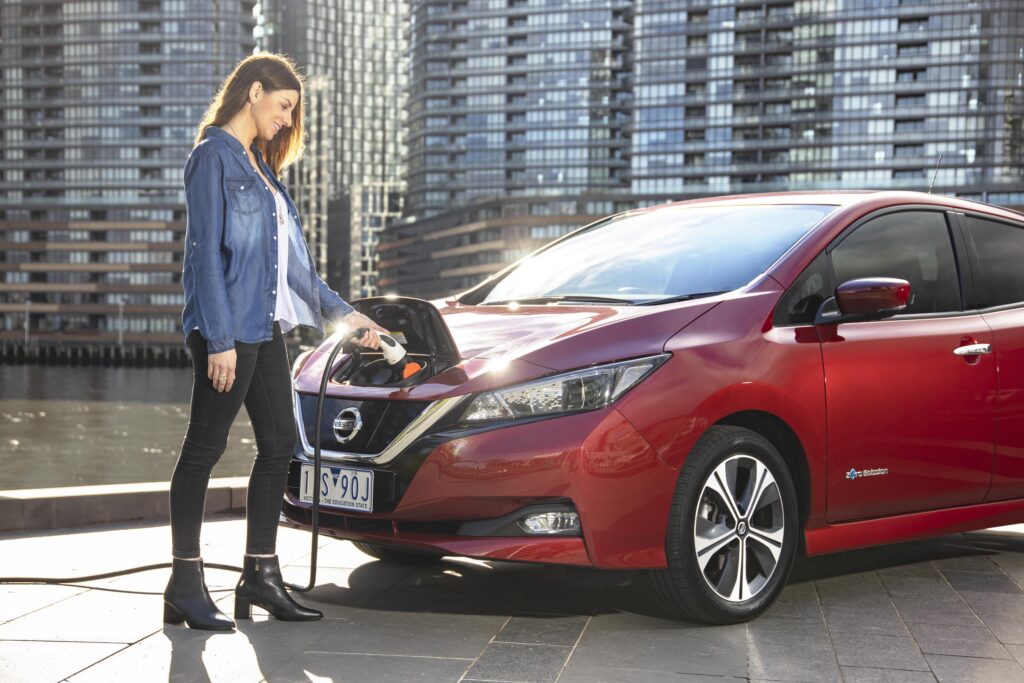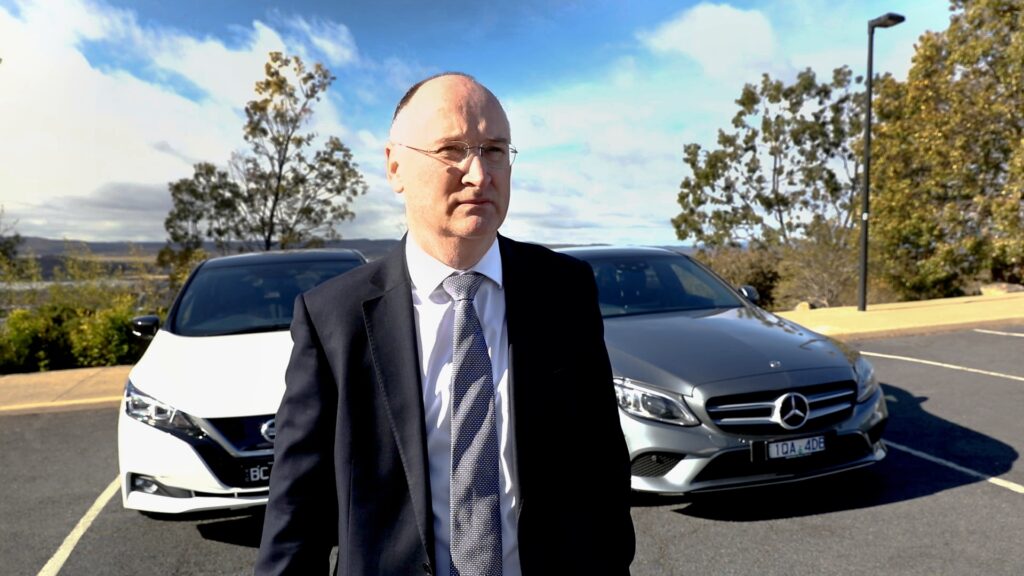EVs in the spotlight as industry sets strict emissions targets
Car brands in Australia will have greater reason to bring lower emission vehicles to our market after the car business’s peak body announced dramatic CO2 emissions reduction targets by 2030.
The voluntary CO2 Emissions Standard scheme, announced by the Federal Chamber of Automotive Industries (FCAI) after four years of consideration, is an industry-driven initiative aimed at bringing our CO2 targets closer in line to Europe’s strict levels.
EVs, PHEVs and hybrids with CO2 emissions far lower than internal combustion engine models will be key for brands to meet the targets, although there will be no government regulation or penalties for not doing so. A mistake, EV Central’s John Carey argues in his comment piece.
It could spell a key turning point in sales growth of electric vehicles in Australia as it becomes more attractive to offer and sell EVs, plug-ins and hybrids to meet or exceed these ambitious environmental targets.

With little to no incentives from government for consumers to buy electric, the new initiative – supported by more than 40 major auto brands – is a key industry response to government inaction in the area.
Under the scheme, brands will get “super-credits” to incentivise sales of lower emission vehicles. A 0g/km battery electric vehicle, for example, will be counted as three vehicles for the purpose of calculating a manufacturer’s average specific emissions. This helps lower the average CO2 emissions across all the cars a brand sells.

Between 2020 and 2030, the FCAI CO2 Standard wants MA vehicles (passenger cars and light SUVs) to achieve an average 4 per cent CO2 reduction per annum, and MC + NA vehicles (heavy SUVs like the Toyota LandCruiser and light commercial vehicles like utes) a 3 per cent reduction.
This would mean by 2030, on average, MA vehicles would have CO2 emissions under 100g/km and MC + NA vehicles under 145g/km.
This would still leave Australia ten years behind Europe with its EU fleet-wide average emissions target for new cars at 95g/100km. That corresponds to a fuel consumption of around 4.1L/100km of petrol or 3.6L/100km of diesel.
In Europe, if such levels are not met the manufacturer pays an “excess emissions premium” for each car registered – a fine, basically.
As the Australian scheme is voluntary and with no government regulation, there will be no penalties if a car brand doesn’t meet annual or the 2030 targets.
Chief executive of the FCAI, Tony Weber, said the scheme was no “toothless tiger” however, and Australian consciousness of environmental impact would influence buying habits towards greener cars.
“It’s been a long-held position that we’ve wanted a CO2 target, we’ve been very clear about that in the past, and that continues to be our position,” he said. “There will be no direct penalties … but we will be reporting on an annual basis on progress to the 2030 target and it will be in the public domain.

“Consumers take CO2 and the environment very seriously in this country and I’m sure this will be part of the equation they will take into consideration when they purchase a new vehicle.”
Mr Weber gave the example of ANCAP crash safety ratings as information in the public domain influencing consumer choice.
The FCAI was keen to stress that although annual progress in CO2 reduction from brands would be reported each year, the overall reduction aims for 2030 was the only target year.
“The overall intent of the scheme is that we get further up the pecking order internationally to get low emission powertrains delivered to Australia,” said Mr Weber. “That is the fundamental of the whole scheme. We’re not interested in regulation, we’re interested in outcomes.”

Without government regulation or proper incentives for consumers to purchase electric vehicles, can the FCAI’s goals be achieved by 2030?
“This is a very stringent target, but we believe it can be achieved,” said Mr Weber. “The overall objective here is to reduce CO2. We want to push as hard as physically possible to have that very ambitious aim, and we think we can get there. All the improvements add up to the benefit of the environment.”




